- Home
- Articles
- Architectural Portfolio
- Architectral Presentation
- Inspirational Stories
- Architecture News
- Visualization
- BIM Industry
- Facade Design
- Parametric Design
- Career
- Landscape Architecture
- Construction
- Artificial Intelligence
- Sketching
- Design Softwares
- Diagrams
- Writing
- Architectural Tips
- Sustainability
- Courses
- Concept
- Technology
- History & Heritage
- Future of Architecture
- Guides & How-To
- Art & Culture
- Projects
- Interior Design
- Competitions
- Jobs
- Store
- Tools
- More
- Home
- Articles
- Architectural Portfolio
- Architectral Presentation
- Inspirational Stories
- Architecture News
- Visualization
- BIM Industry
- Facade Design
- Parametric Design
- Career
- Landscape Architecture
- Construction
- Artificial Intelligence
- Sketching
- Design Softwares
- Diagrams
- Writing
- Architectural Tips
- Sustainability
- Courses
- Concept
- Technology
- History & Heritage
- Future of Architecture
- Guides & How-To
- Art & Culture
- Projects
- Interior Design
- Competitions
- Jobs
- Store
- Tools
- More
The Ultimate Guide to American House Design Styles: Explore Iconic Architecture Across the USA
Discover the charm and diversity of American house design styles—from Colonial to Mid-Century Modern. Explore how history, culture, and geography shape these timeless homes. Whether building, remodeling, or dreaming, learn how to balance personal style with functionality and embrace the rich architectural heritage that defines American aesthetics.
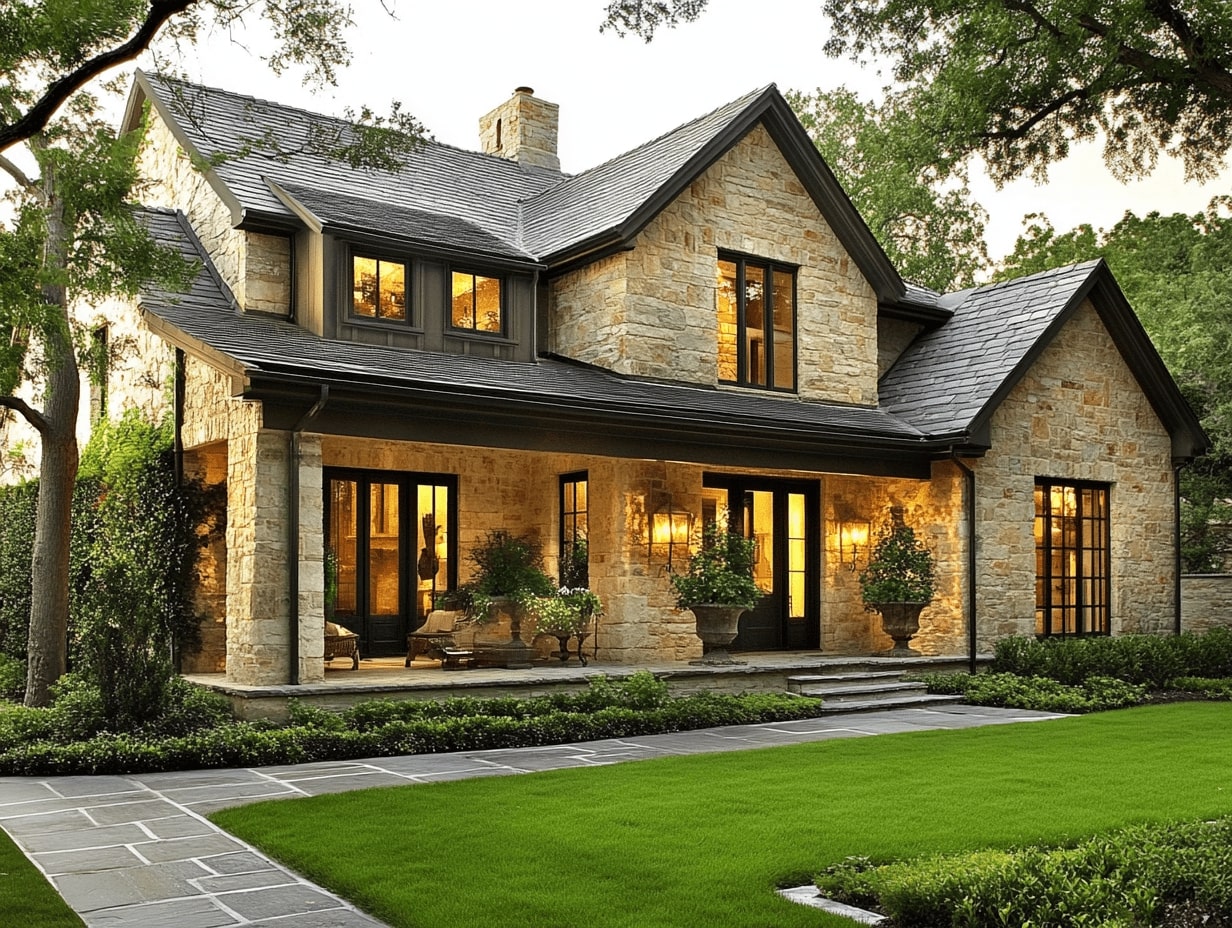
When it comes to American house design styles, the variety is as vast as the country itself. From charming Colonial homes to sleek Mid-Century Modern designs, each style tells a story about our history, culture, and evolving tastes. These architectural styles don’t just shape our neighborhoods—they reflect who we are and how we live.
Understanding these styles helps us appreciate the unique character of our homes and communities. Whether we’re building, remodeling, or just daydreaming, knowing the key features of each design can inspire us to create spaces that feel truly our own. Let’s explore the timeless beauty and distinct charm of American house design styles together.
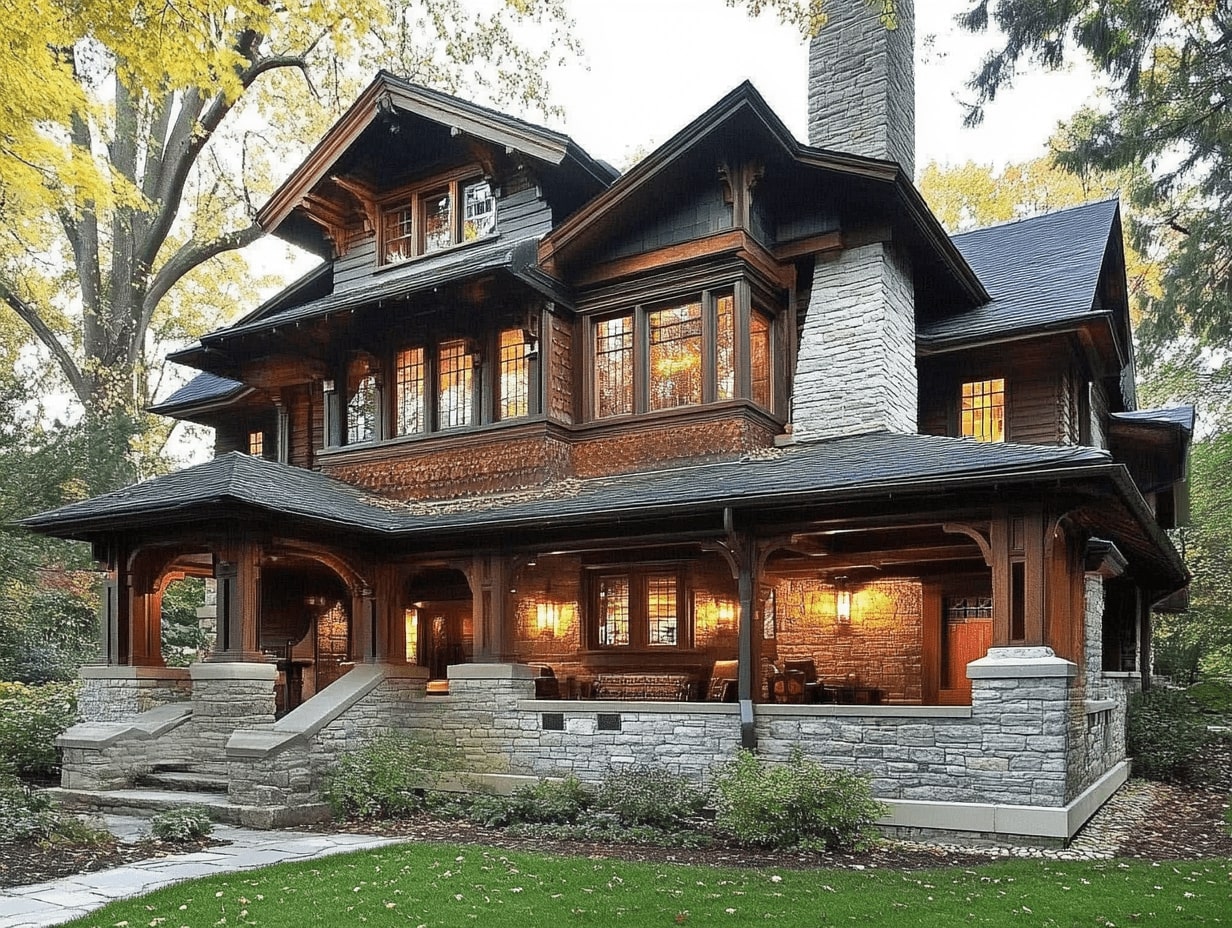
Table of Contents
ToggleWhat Makes American House Design Styles Unique
American house design styles stand out due to their blend of cultural influences, architectural innovation, and regional adaptations. These unique traits reflect the diverse heritage and practical needs of homeowners across the United States.
- Cultural Diversity Influences
American house designs incorporate global architectural elements, such as European influences in Colonial homes or Japanese minimalism in Mid-Century Modern homes. Each style represents the cultural backgrounds of the people who introduced or adapted them.
- Architectural Innovation
Advances in building techniques, like balloon framing in Victorian homes or open floor plans in Modernist designs, have influenced American styles. These innovations result in distinctive homes that address both style and functionality.
- Regional Characteristics
Designs are often shaped by geographical and climatic conditions. For instance, Craftsman Bungalows feature large overhangs suitable for rainier areas, while Pueblo Revival homes use adobe materials ideal for arid regions.
- Evolving Lifestyles
American house styles adapt to shifting lifestyles, like Ranch homes meeting post-World War II suburban expansion demands or tiny homes catering to modern minimalism. These shifts ensure relevance across generations.
- Sense of Individuality
The integration of personal touches, such as wraparound porches in Farmhouses or decorative trims in Queen Anne architecture, showcases individuality in every design.
American house designs embody a mixture of history, technology, and personal expression, making them both timeless and versatile.

Popular American House Design Styles
American house design styles offer a rich tapestry of architectural heritage, showcasing evolving aesthetics and functional innovations. Below, we explore the defining characteristics of some of the most popular styles.
Colonial Style
Colonial homes, rooted in 17th- and 18th-century European traditions, reflect symmetry and simplicity. These two-story homes often feature evenly spaced shuttered windows, central entryways with decorative pediments, and steep gable roofs. Common materials include brick or wood siding. Regional variations like Dutch Colonial homes incorporate gambrel roofs and flared eaves for added charm.
Victorian Style
Victorian homes, popular during the late 19th century, embrace ornate detailing and eclectic designs. Features include steeply pitched roofs, bay windows, turrets, and decorative trims. Queen Anne homes stand out with their asymmetrical facades and vibrant exterior color palettes. Spacious and elaborate, Victorian homes often use wood or stone as primary materials.
Craftsman Style
Craftsman homes, emerging in the early 20th century, emphasize handcrafted details and natural materials. Low-pitched roofs with wide eaves, exposed rafters, and tapered columns define this style. Front porches create a welcoming feel, while interior designs often incorporate built-in cabinetry and large fireplaces. Wood, stone, and earthy hues dominate Craftsman exteriors.
Modern Style
Modern homes, gaining prominence in the mid-20th century, focus on minimalism and functionality. Clean lines, open floor plans, and large, unadorned windows characterize these designs. Flat or low-pitched roofs enhance the streamlined appearance. Influenced by the International Style, modern homes also use materials like glass, metal, and concrete to achieve a sleek look.
Contemporary Style
Contemporary homes incorporate current trends, blending innovative designs with environmental considerations. Designs often feature asymmetrical shapes, mixed materials, and energy-efficient elements like solar panels. Expansive windows maximize natural light, while open layouts create adaptable living spaces. These homes reflect forward-thinking design philosophies while maintaining aesthetic appeal.

Regional Influences On American House Design
Regional influences shape American house designs by adapting to climate, geography, and cultural traditions. These distinct styles reflect the diverse environments and histories across the United States.
Southern Styles
Southern house designs emphasize ventilation, shade, and an inviting charm. Homes like Colonial Revival mansions and Greek Revival plantations often feature tall windows, high ceilings, and expansive porches for improved airflow in hot, humid climates. Shotgun houses, with their narrow, elongated layouts, are designed for efficient use of space and cooling. Materials like brick and wood are commonly used due to local availability.
Northeastern Traditions
Northeastern designs incorporate durability and insulation for colder climates. Colonial homes, Cape Cod cottages, and Federal-style houses showcase symmetrical shapes, steep roofs, and central chimneys for warmth. Shingle-style architecture adapts to coastal areas, featuring weather-resistant cedar shingles and wide verandas. Brick and stone are often prominent due to the region’s rich historical and colonial heritage.
Western Innovations
Western architecture prioritizes blending indoor and outdoor living, inspired by expansive landscapes and varied climates. Ranch-style homes, with their open floor plans and single-story layouts, suit the region’s sprawling land. Pueblo Revival and Spanish Colonial homes integrate adobe or stucco materials to manage heat in arid areas. Influences like Mid-Century Modern homes reflect a focus on simplicity, large windows, and integration with nature.

Choosing The Right Style For Your Home
Selecting the ideal house design style depends on your personal preferences and practical needs. Understanding key factors and how to balance aesthetics with functionality simplifies the decision-making process.
Factors To Consider
Budget plays a crucial role in determining the range of house styles accessible to most homeowners. Styles like Ranch homes are often more budget-friendly due to simpler layouts, while Victorian designs may be more expensive with their intricate details.
Location impacts your choice by aligning the design with the climate and local building norms. Coastal areas might favor Cape Cod styles, while desert regions may lean toward Pueblo Revival or Mid-Century Modern styles.
Lifestyle preferences influence how a home’s layout fits daily routines. Families may prefer open layouts of Contemporary or Modern styles, while smaller households might gravitate toward cozy Craftsman homes.
Resale value should be a consideration, especially in popular neighborhoods. Neutral styles, like Colonial or Craftsman homes, typically appeal to a broad buyer base compared to niche designs.
Balancing Aesthetic And Functionality
Prioritizing functionality ensures the home meets specific needs. For example, Farmhouses with large kitchens and wraparound porches might suit families who host gatherings, while Mid-Century Modern designs cater to those seeking minimalist spaces with seamless indoor-outdoor transitions.
Maintaining aesthetic appeal aligns the home’s visual character with your tastes. Bold designs like Victorian homes showcase ornate accents, whereas Minimalist Modern homes emphasize clean, uncluttered spaces.
Practical elements, such as energy efficiency and maintenance requirements, are critical. Modern designs often incorporate energy-saving features and durable materials, reducing upkeep compared to traditional designs like Tudor or Queen Anne styles.

Conclusion
American house design styles offer a unique blend of history, culture, and innovation that reflects the nation’s diversity. Each style, from the symmetrical charm of Colonial homes to the sleek minimalism of Mid-Century Modern designs, carries distinctive characteristics shaped by cultural influences, technological advances, and regional adaptations. Understanding these styles enriches our appreciation for their beauty and functionality.
When exploring or selecting a house design, it’s essential to consider personal preferences, practical needs, and external factors like climate and location. Whether you’re drawn to the intricate details of Victorian homes, the handcrafted appeal of Craftsman designs, or the modern efficiency of Contemporary styles, each choice combines timeless aesthetics with practical living solutions.
The diversity of American house designs proves their adaptability to various lifestyles and environmental conditions, showcasing the infinite possibilities for creating a space tailored to individual needs.
- American architecture exploration
- American house design styles
- architectural design USA
- architectural styles America
- architecture styles in America
- architecture tour USA
- classic American house designs
- design trends USA homes
- famous American house styles
- historic American homes
- house design styles USA
- iconic American architecture
- modern American house designs
- popular house designs USA
- regional American house styles
- residential architecture USA
- traditional American architecture
- unique American home designs
- USA architecture guide
Submit your architectural projects
Follow these steps for submission your project. Submission FormLatest Posts
Building with Purpose: Creating Meaningful Spaces for Community and Sustainability
Explore the transformative power of purposeful building in our fast-paced world. This...
Architectural Concept Ideas: Inspiring Designs for Functionality, Aesthetics, and Sustainability
Discover the essence of architectural concepts and their role in shaping innovative,...
How to Find Architectural Ideas: Creative Tips and Inspiration for Unique Designs
Discover practical strategies to find architectural inspiration from nature, history, art, and...
Architectural Design Development: Key Stages, Tools, Challenges, and Future Trends
Explore the transformative process of architectural design development, where creativity meets precision....



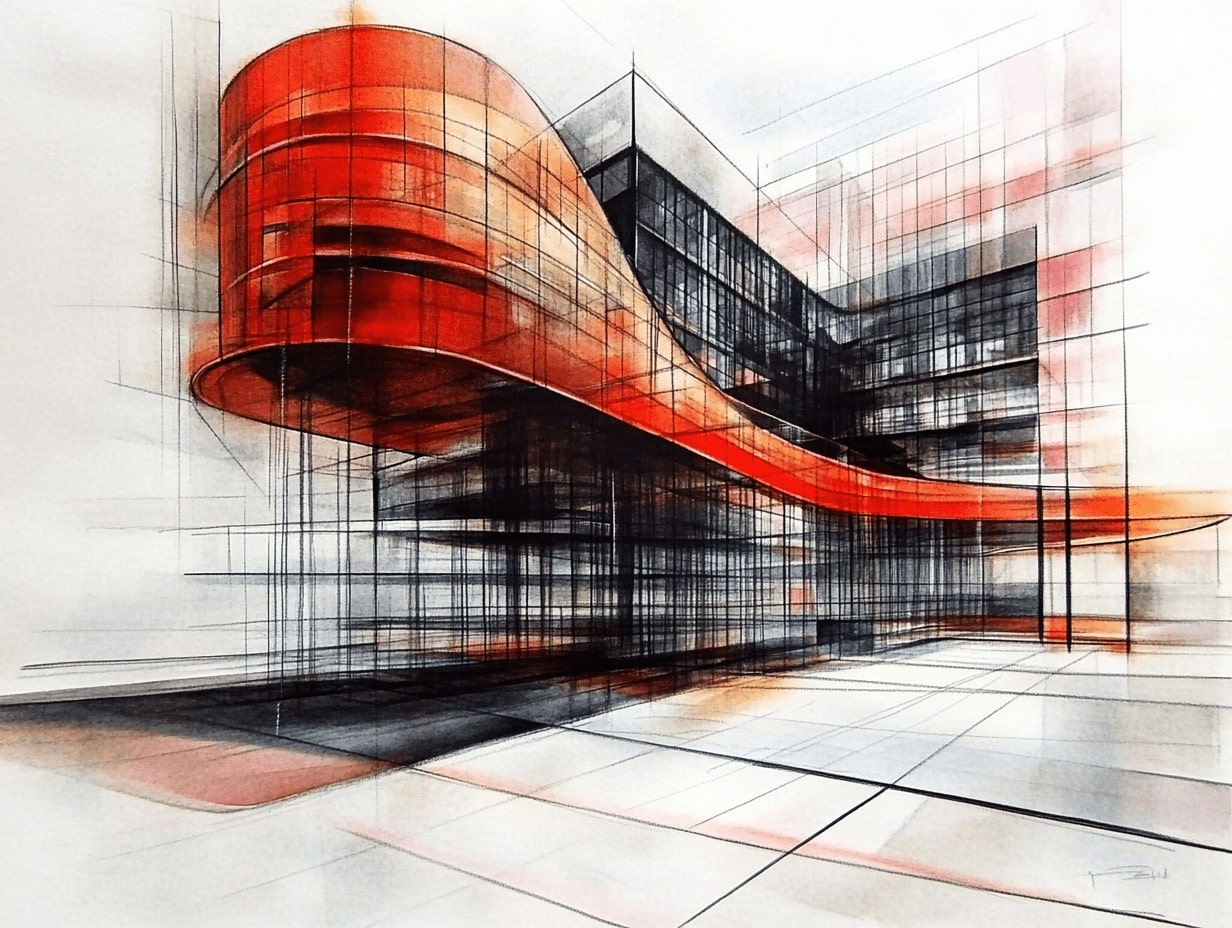




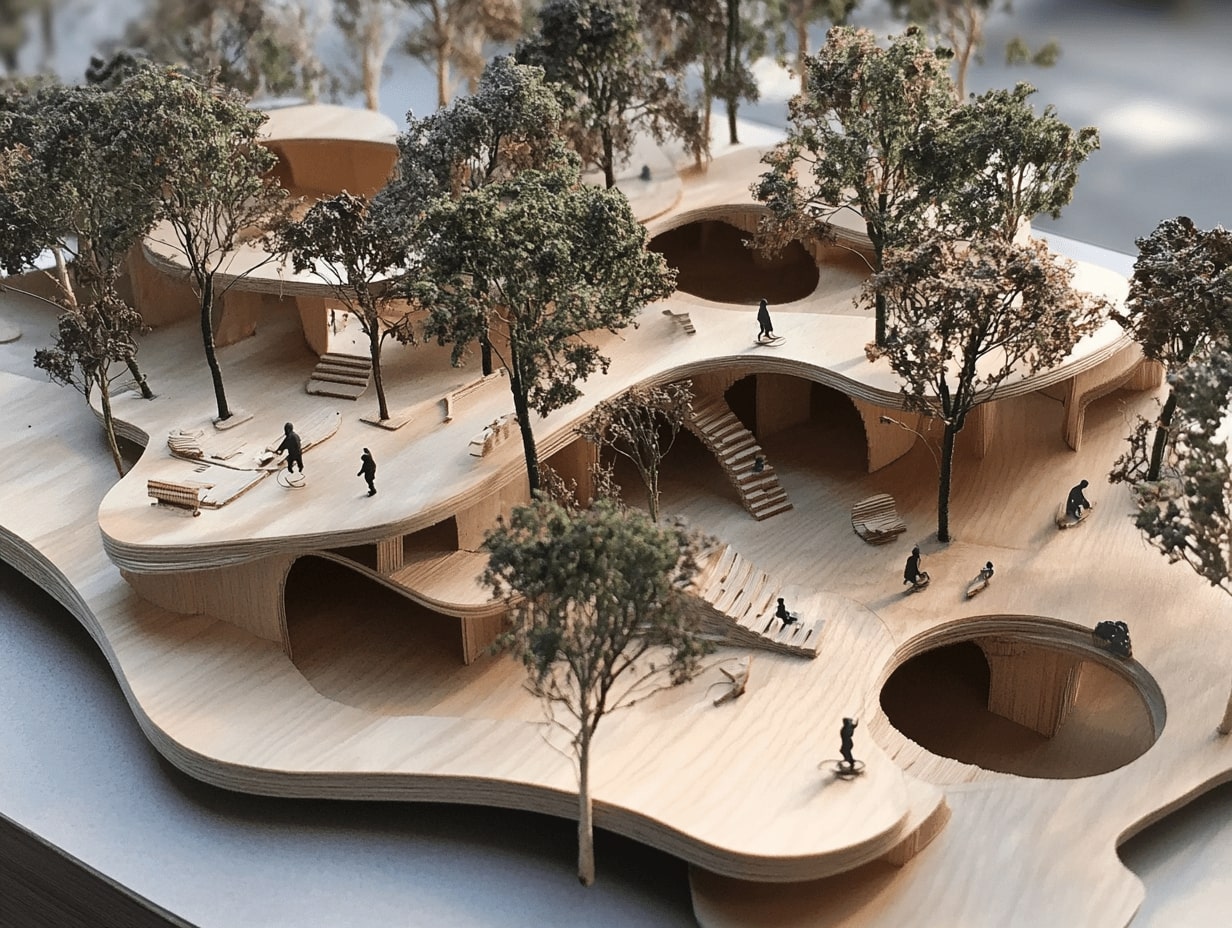
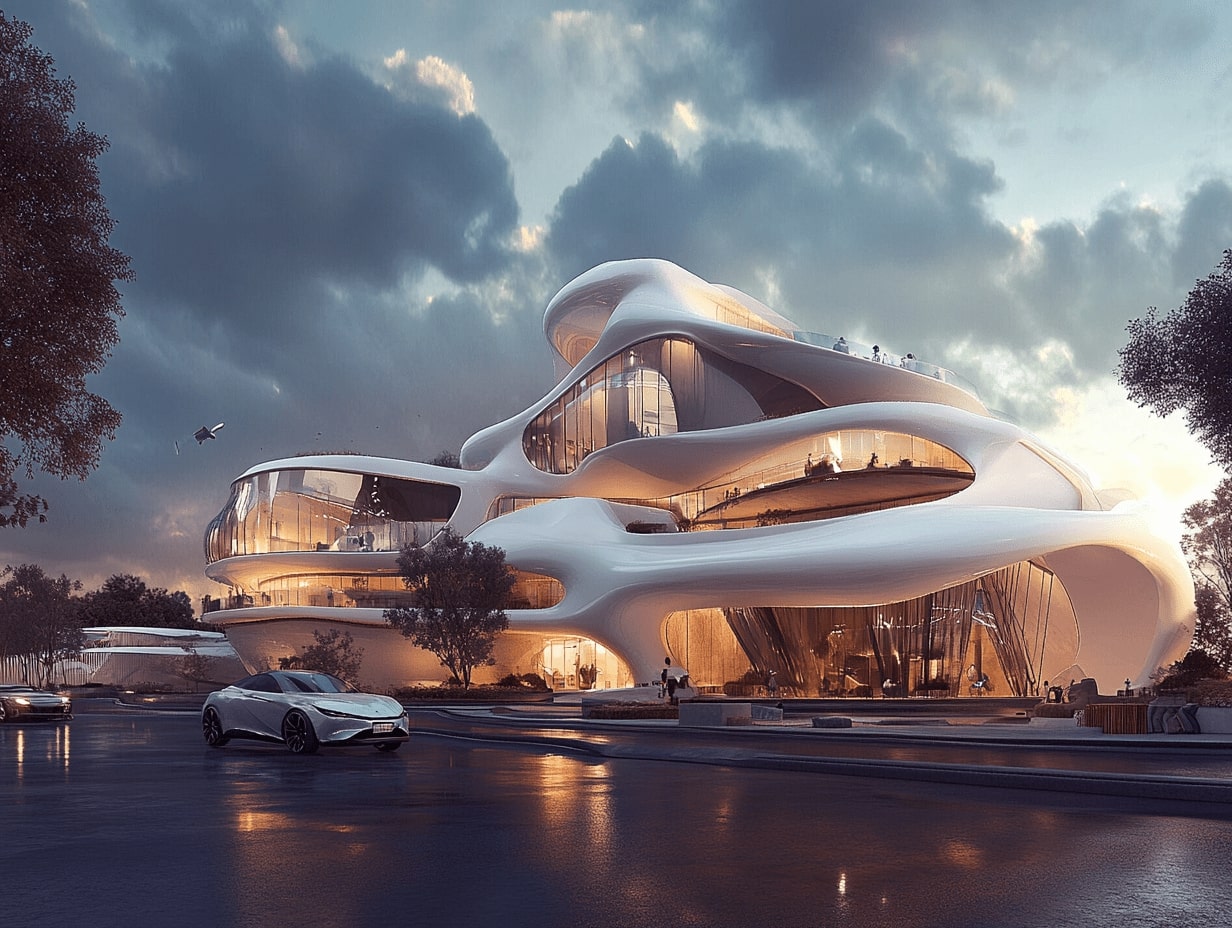


Leave a comment